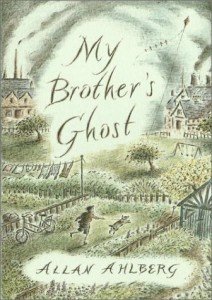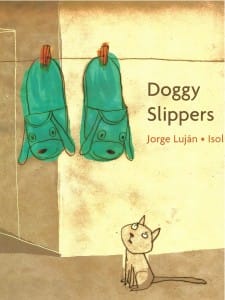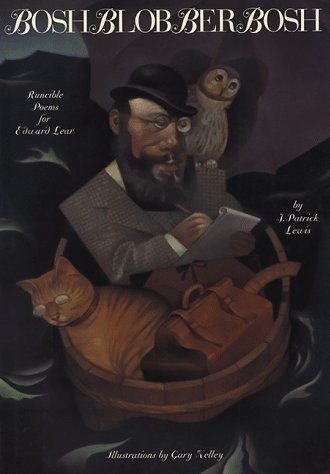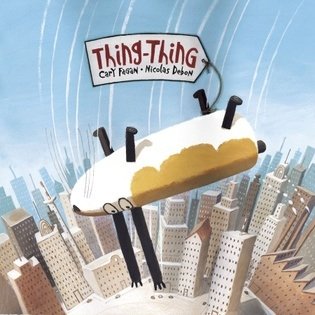It is my intention to celebrate the work of beautiful picture books in this blog. This has been to the exclusion of unpictured children’s books, which occupy far less space on my shelves but are otherwise highly valued and upstanding members of my collection. When I was a children’s bookseller, I read a lot of novels and YA, and although I continue to read and collect picture books, my attention to unpictured books has languished. Let me clarify this point: last year I was coerced into reading a popular teen vampire novel, part of a series…can’t think of the name…which my teenage nieces were raving about. I dutifully finished the book, felt a fluttering of breathless youth (quickly staunched by middle-aged cynicism), followed by a few days of fitful ennui about an entire category of books I’m no longer reading, or advocating.
It’s a shame, really. In the decade I worked at the bookstore, I read more children’s novels than I ever did as a kid, and a few of those are among the best to ever cross my book-strewn path. So, in spite of the fact that novels tend to exceed 32 pages, and are short on illustrations, I will periodically post a review of a well-loved novel in my collection, or perhaps, even a new book, if one should catch my attention.
To that end, when my thoughts wander to my favourite children’s stories, I often think of My Brother’s Ghost, by Allan Ahlberg, a deeply moving, palm-sized novel set in working-class 1950’s England. Published a scant 10 years ago, My Brother’s Ghost has the feel of an old classic. An old British classic, along the same vein as Goodnight Mister Tom, by Michelle Magorian, or Nesbit’s The Railway Children. Quintessentially British, but on the sombre side of the Thames. No ‘pip pip cheerio’ or Blytonesque jolly good adventures in Ahlberg’s story, just illness, abuse and death. Hey! Come back! It’s a great book. I promise.










